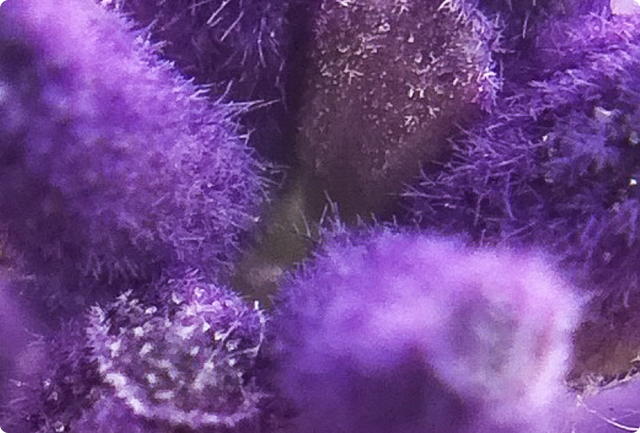About the Oil
Two distinct essential oils are steam-distilled from the bark or leaves of the Cinnamomum camphora trees, native to Southeast Asia. It carries a spicy, sweet, and unmistakably warm aroma that awakens the senses and comforts the spirit. Used traditionally as a remedy, spice, and sacred oil, cinnamon is celebrated for its powerful immune-supportive and energizing properties.
Why You Would Use Cinnamon Essential Oil
Cinnamon oil is a go-to when you want bold, warming support for:
- Traditionally used to stimulate circulation and provide a comforting sense of internal warmth.
- Recognized in herbal practices for supporting immune function, especially during seasonal changes.
- Often used in aromatherapy to uplift mood and help reduce mental fatigue.
- Used to ease minor aches and tension, especially in muscle and joint massage applications.
- Celebrated for creating a cozy, grounding atmosphere, helping foster feelings of calm and protection.
Clinical Findings
| Study | Participants & Duration | Key Results | Reference |
|
Antimicrobial Power |
In vitro tests against bacteria and fungi |
Strong inhibition of E. coli, S. aureus, and Candida albicans |
Singh et al., 2007 |
| Anti-inflammatory Effects |
Human skin cells and topical models |
Reduced inflammatory markers and improved circulation |
Rao et al., 2014 |
| Blood Sugar Support |
Clinical trials with oral extracts |
Reduced post-meal glucose spikes and improved insulin sensitivity |
Ziegenfuss et al., 2006 |
Behind The Science (Made Simple)
Cinnamon essential oil doesn’t just smell good—it’s a dynamic botanical with potent physiological effects.
- Cinnamon has broad-spectrum antibacterial and antifungal activity, helping protect skin and support immune resilience.
- Warms and stimulates circulation: The cinnamaldehyde content boosts blood flow, making it useful for easing cold extremities, sore muscles, and tension.
- Reduces inflammation: Its compounds help modulate inflammatory pathways, making it helpful in joint comfort and minor skin flare-ups (when properly diluted).
- Protective and energizing: Cinnamon is both warming and fortifying—an ideal companion for colder seasons or low-energy days.
How and Where It Grows
Cinnamon trees grow best in hot, humid climates—most notably Sri Lanka, India, Indonesia, and Vietnam. The essential oil can be extracted from the inner bark or the leaves by steam-distillation to create the essential oil.
Use in Ancient Medicine
Cinnamon has been prized for over 4,000 years. Ancient Egyptians used it in embalming rituals; Ayurvedic practitioners prescribed it for warming the digestive system and clearing congestion. In Chinese medicine, it’s used to nourish “Yang” energy and invigorate the flow of Qi. Historically, it was so valuable that it was once traded as currency.
Symbolism
Cinnamon represents protection, abundance, and inner fire. It is often associated with vitality, warmth, and the sacred. In spiritual practices, it has been used to ward off negativity and invite passion, confidence, and energy. Its aroma evokes feelings of comfort, home, and grounded confidence.
INFORMATION provided is intended for informational purposes only and is not meant to diagnose, treat, cure, or prevent any disease. Statements have not been evaluated by Health Canada or the FDA. Please consult a qualified healthcare provider before using essential oils for therapeutic purposes.
References
- Singh G, et al. (2007). Chemical composition and antimicrobial activity of cinnamon oil. Food Control.
- Rao PV, Gan SH. (2014). Cinnamon: a multifaceted medicinal plant. Evidence- Based Complementary and Alternative Medicine.
- Ziegenfuss TN, et al. (2006). Effects of a water-soluble cinnamon extract on body composition and glucose metabolism. Journal of the International Society of Sports Nutrition.








